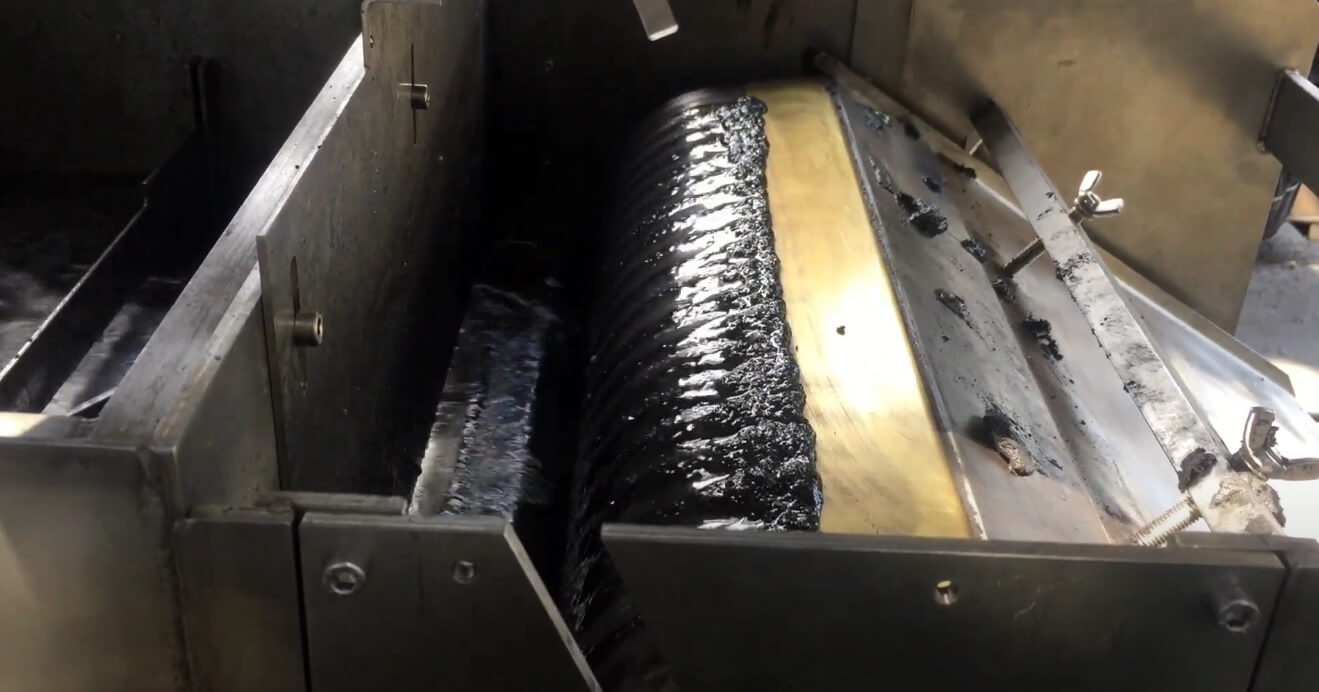Automatic cleaning

What material do you separate
Vegetable oil
Gasoline
Diesel
Rinsing baths
Pudding
Syrup
Cooling emulsion
Cooling oil
Sugar juice
Jam
Yoghurt
Ketchup
Baby food
The above materials are only selected examples, consultation for your specific case is always important.
Contact us
Do you have a question or are you interested in a no-obligation quotation?

Magnetic separation vessel
What is the separator suitable for?
-
- Separation of metal impurities even from heavily contaminated liquids.
- Possibility to separate large quantities of metal particles.
- Easy installation and variability of magnetic systems.
- Automated solution without the need for an operator.
Design and cleaning principle of the separator

Important parts of the separator
Strong neodymium magnets
Inside the vessel are strong neodymium magnets that effectively capture ferromagnetic impurities from liquids and enable the separation of large quantities of metallic impurities.Stainless steel container
The durable stainless steel container ensures a long service life and is also suitable for food and pharmaceutical applications.Easy handling and cleaning
The vessel design allows for quick disassembly and easy cleaning, reducing downtime and facilitating maintenance.Send us an e-mail
Aveți o întrebare sau sunteți interesat de o ofertă fără caracter obligatoriu?
Model series



Why Magsy
Own production hall
23 years on the market
Leading separator manufacturer in Europe
Service team 24 hours a day
Over 50,000+ separators produced
ISO 9001 certificates
How do we pack and ship magnetic separators?
How does the cooperation work?
Product Description
Separation vessel may significantly increase separated medium (water, oil, emulsion, …) lifetime, and also the quality of the following manufacturing processes (e.g. reduction of costs of machining tools grinding) may be increased significantly. Very often, magnetic separation vessel is recommended as a secondary separation element in automatic flow-type separators.
Industrial areas of MSN utilization ...